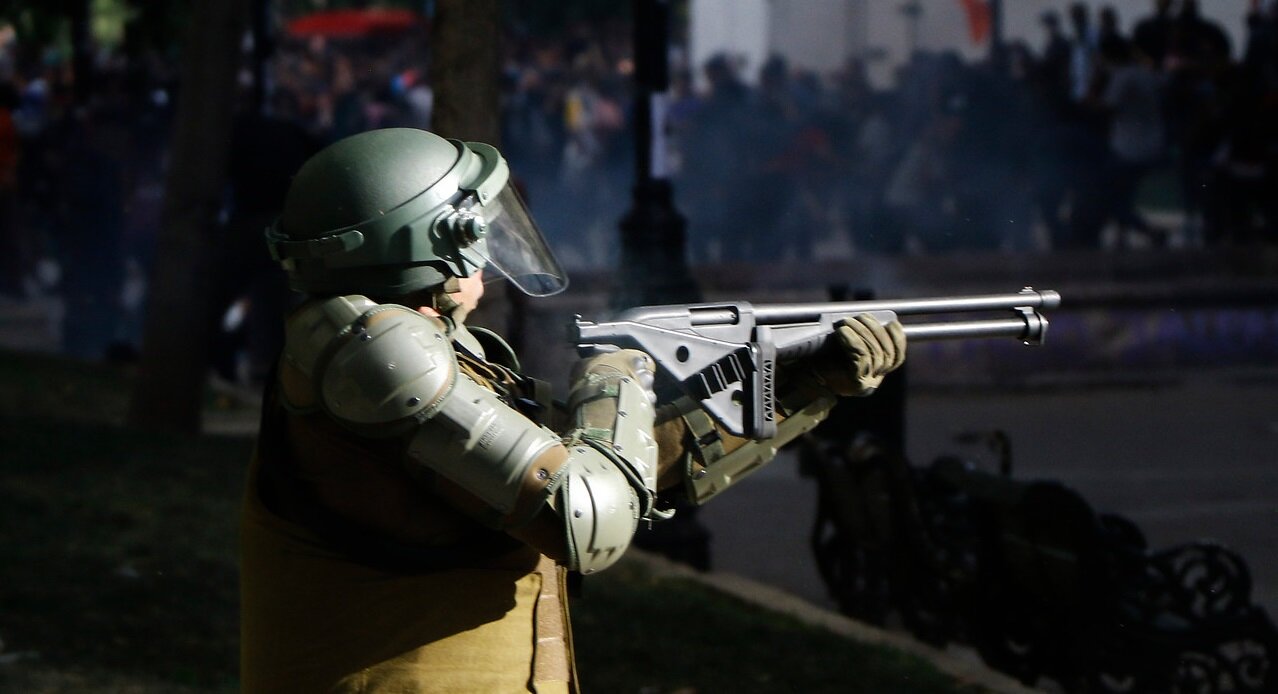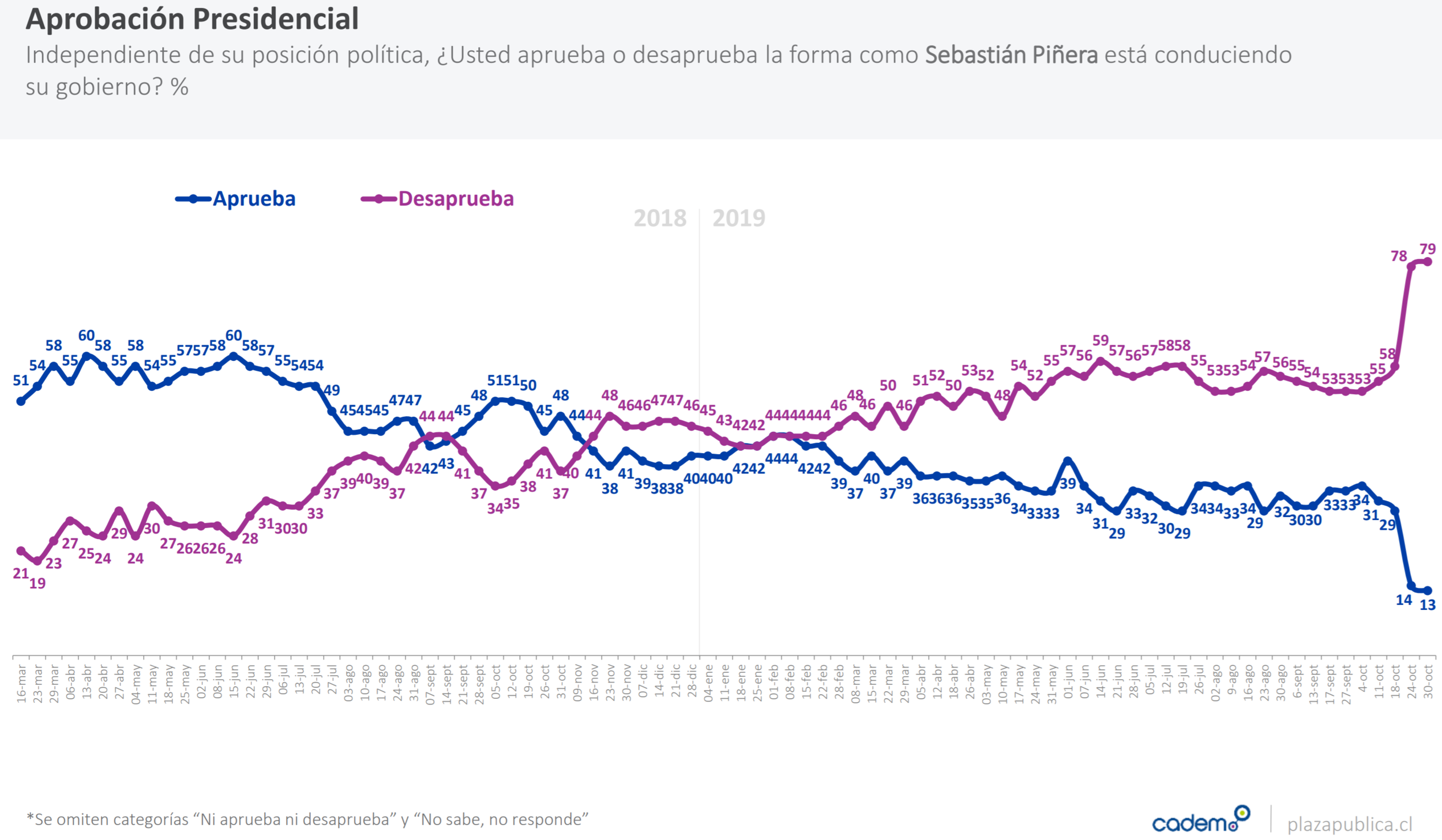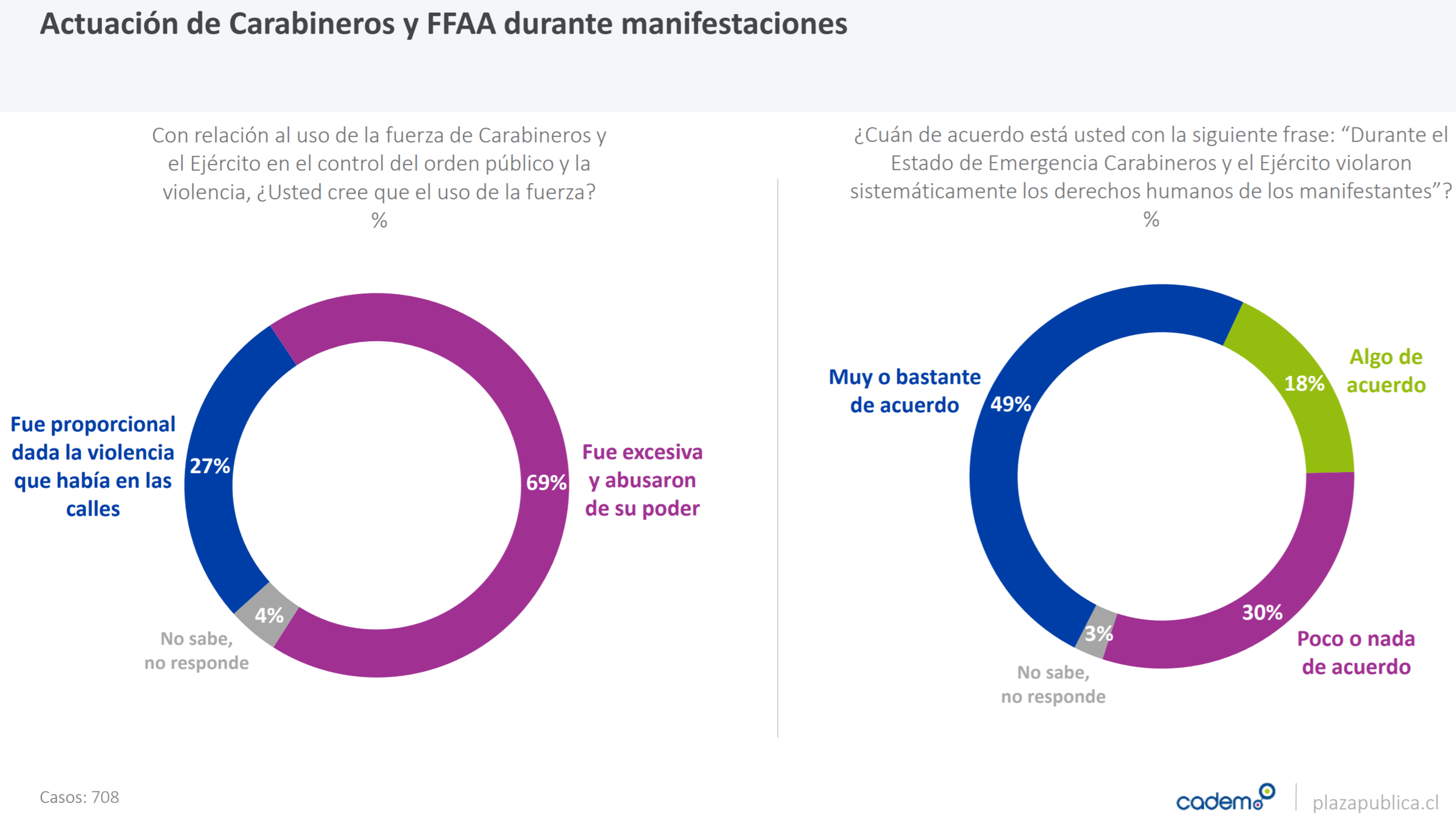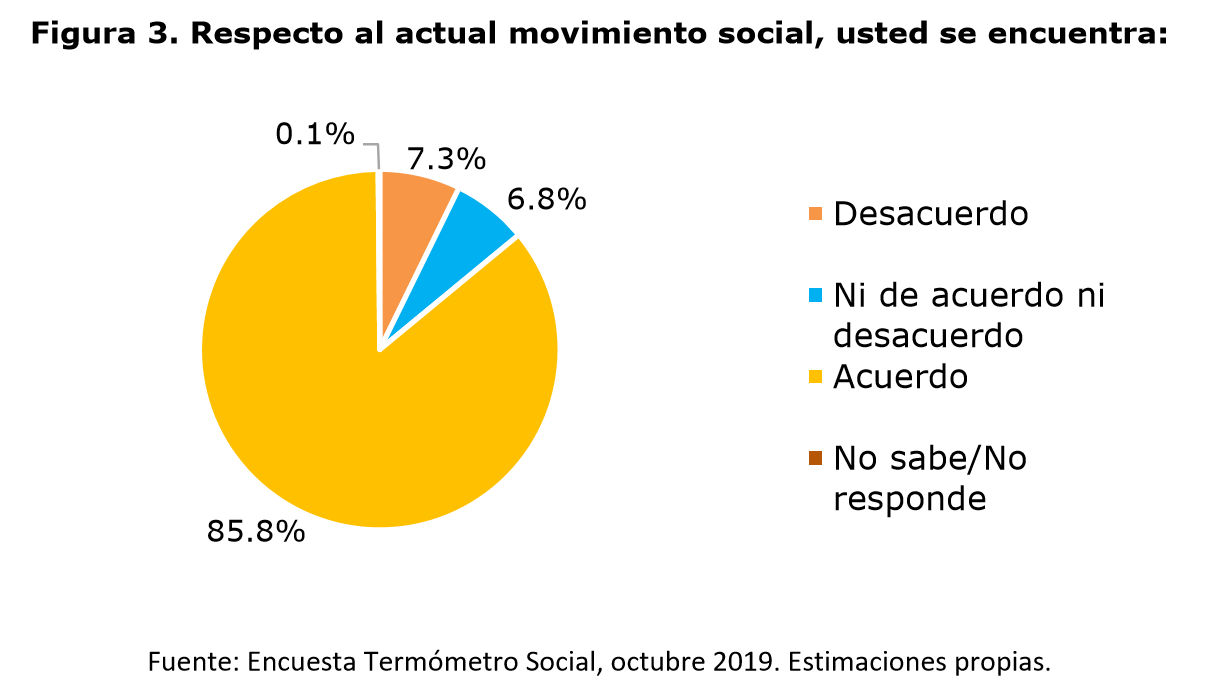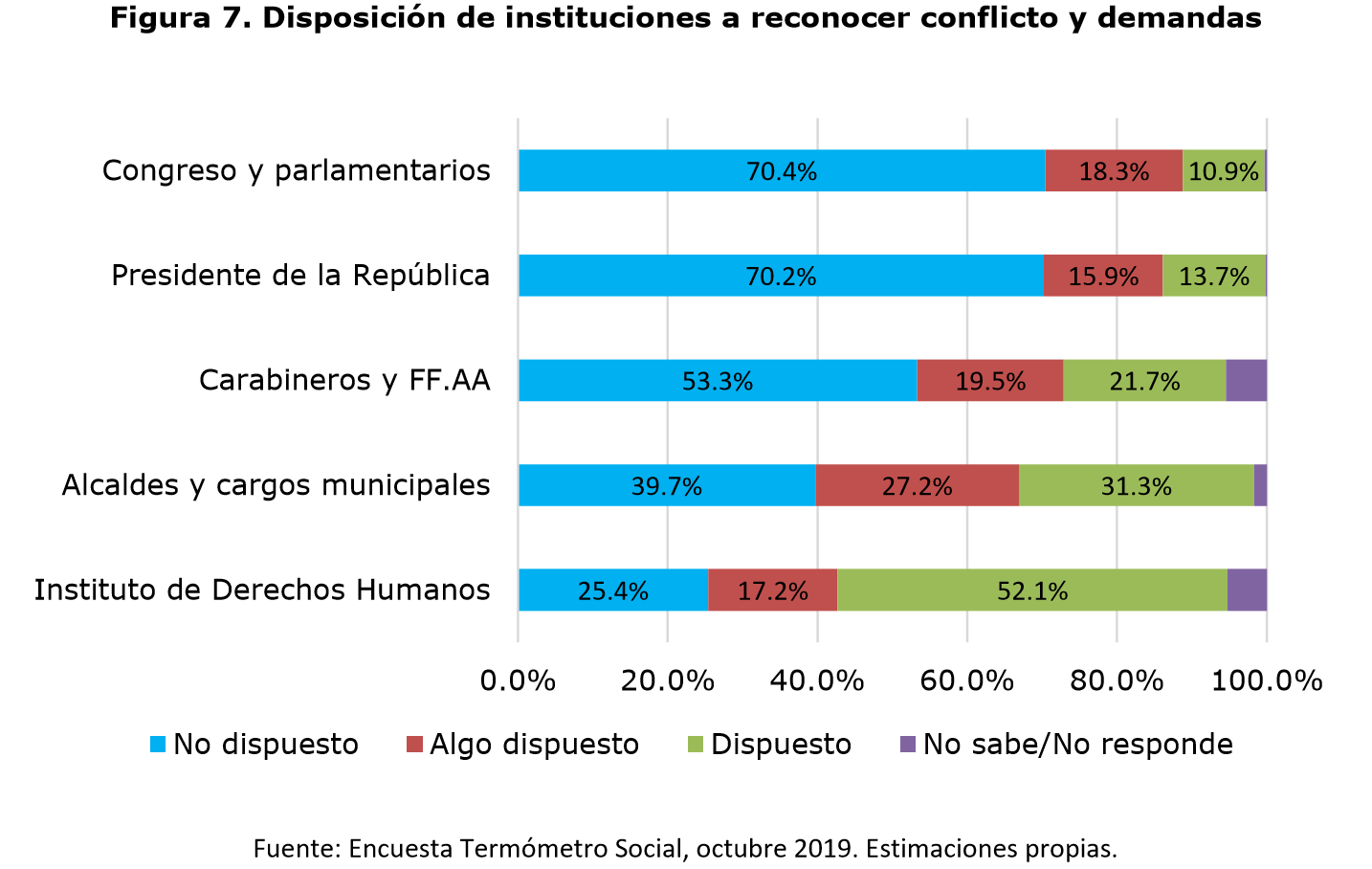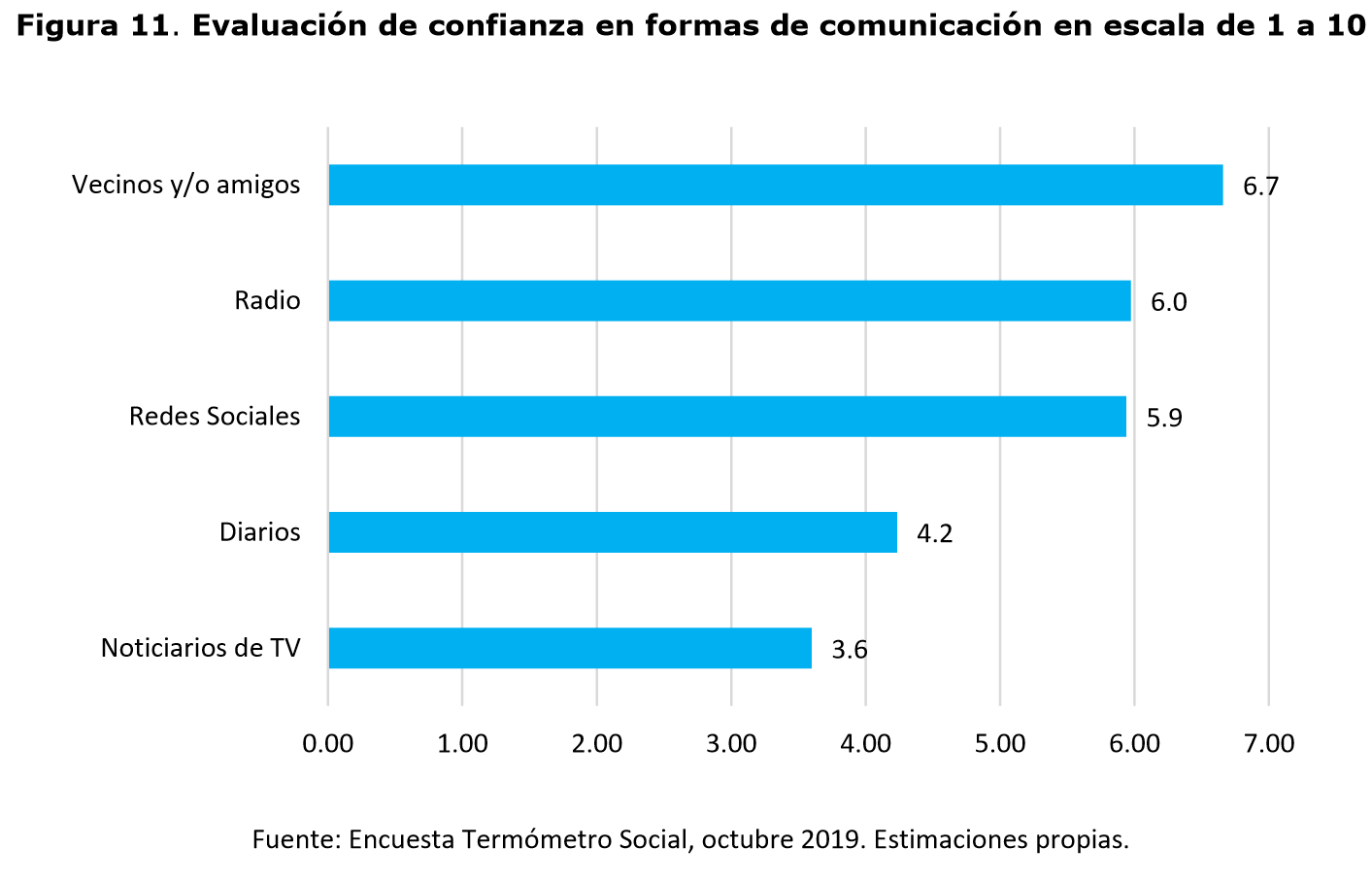A Spanish-language version of my post on shotgun dispersion was published recently in Etilmercurio, under the title of «Disparar a la cara» (“To shoot at the face”).
Read Morecarabineros
Nacho Saavedra, a defensive midfielder for Club Deportivo Universidad Católica, covers his eye in recognition of Chileans who have partially or fully lost vision due to police action in the current protests.
“Rubber” shot: eye injury potential as a function of distance and some safety advice
Brief ballistic examination of potential ocular trauma with range with so-called “rubber shot” («perdigones de goma») used to suppress unrest in Chile, as well as a discussion of safety eyewear standards.
Read MoreCarabinero with a shotgun (source). It is not clear to me how accurate a shotgun deployed in this manner might be, but suffice to say this is not the recommended method of employ (with its stock folded).
How likely is it that the Carabineros have been shooting to maim?
I use a simple Monte Carlo model of my own construction and basic statistics to demonstrate that it is almost certain that the Carabineros have been shooting less-than-lethal rounds at the faces of civilians in Chile.
Read MoreArticle on "rubber" shot published in Etilmercurio
For posterity’s sake: a Spanish-language version of my previous post was recently published in Etilmercurio, under the title “¿Perdigones de goma nomás? Usando la física para caracterizar las municiones menos letales de Carabineros” (“Just rubber shot? Using physics to characterize the less-than-lethal ammunition of the Carabineros”). In addition to being in Spanish, the article contains an additional analysis using the Carabineros’ own spec sheet on their own rubber shot, which demonstrates the pellets are even more dangerous than what my own analysis would suggest.
Many thanks to Chris Harrod and Cristina Dorador, who facilitated the article’s publication, and the Etilmercurio team for their tremendous help with proofreading and publication.
Photo credit: Migrar Photo
What exactly are the Carabineros shooting at demonstrators in Chile?
One of the characteristic features of the last month in Chile has been the sheer volume of police gunfire on the streets. Simple physics and a rudimentary ballistic analysis shows that it’s highly unlikely that “rubber shot” used to disperse crowds is simply that.
Read MorePublic polling from 4 November on the 2019 Chilean Protests
More polling on the 2019 Chilean protests came out over the weekend; in addition to the weekly bulletin from Cadem, the Millennium Nucleus in Social Development (DESOC; a Chilean research center, funded by the government) released their own “Social Thermometer” regarding the present situation. Although methodologies and specific questions differ slightly, both studies are in remarkable agreement with each other, and show widespread support for the current demonstrations and the desire for profound institutional change within Chile.
My summary follows.
With respect to the protests, 85% approve of the “social mobilization” (DESOC) and 72% wish for the mobilizations and marches to continue (Cadem). Of the latter, the majority of almost all demographics—gender, age, socioeconomic background, and political orientation—wish for the mobilizations to continue. The exception is the political right, but even then almost 40% of respondents identifying as politically right-wing believe the demonstrations should continue (Cadem).
The most important issues identified by respondents are pensions, health care, and constitutional reform. Other important issues include education, labor reform, tax reform, and inequality.
The vast majority want a new constitution (DESOC - 80%; Cadem - 87%). There is broad support for a constituent assembly (DESOC - 76%; Cadem - 46% constituent assembly only, 27% a mixed constituent assembly and congressional action).
Moreso than inequality, justice is the most frequently mentioned word in terms of both what defines the current social movement, as well as the demands of said movement.
I feel sufficiently supported by data to say now: this is a tremendous movement with its roots across the entirety of Chilean society. This is not a partisan movement. You don’t get 80% of the population calling for a new constitution without support from all over the political spectrum. Everyone—rich, poor, left, right, old, young—recognize the necessity of change.
Ignore them at your own peril.
Some, but not all, of the figures follow, with my (extremely unofficial) translations.
(L) Camilo Catrillanca and (R) Andrés Chadwick. “Mugshot bias” in the media is alive and well in Chile.
Historical background to the 2019 Chilean protests, part 5: Catrillanca and Chadwick
Why #renunciachadwick has been trending ahead of #renunciapiñera on social networks.
Read More

